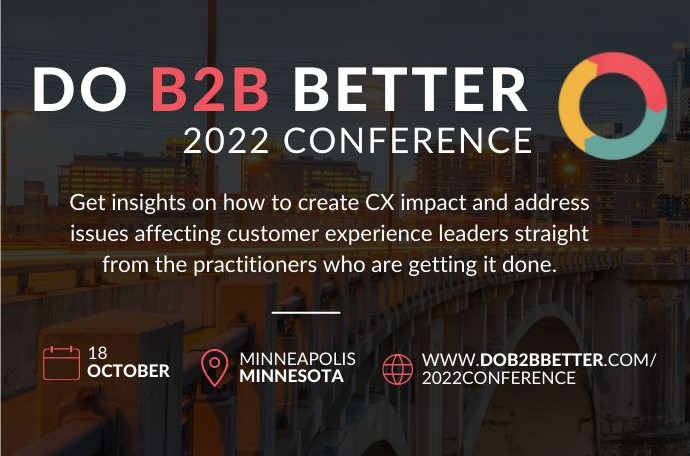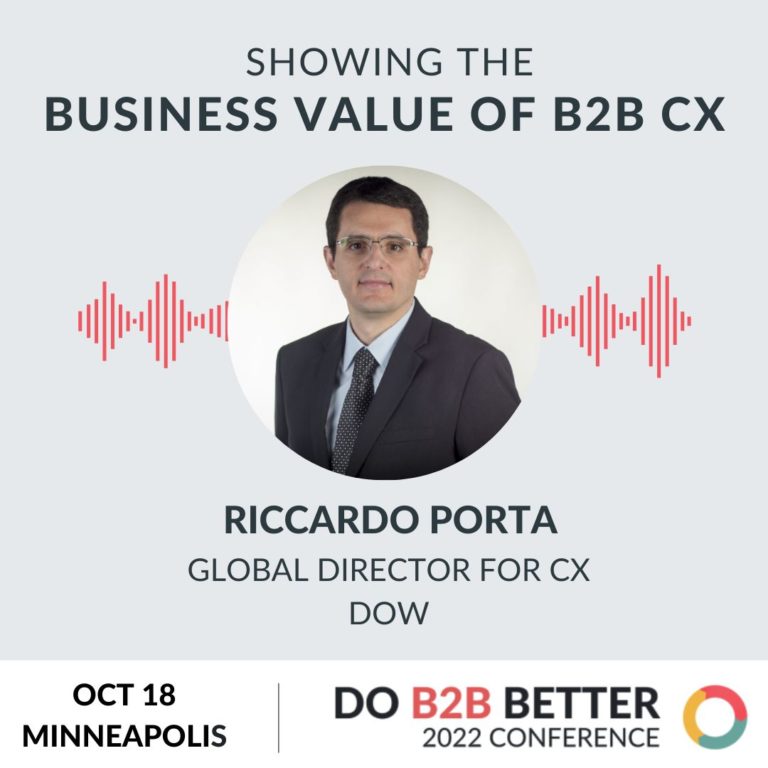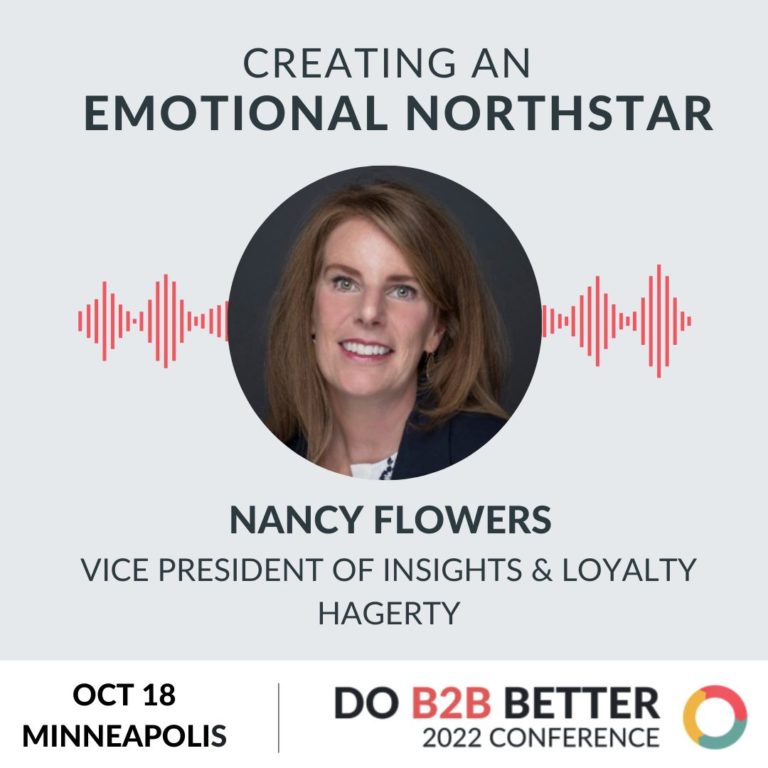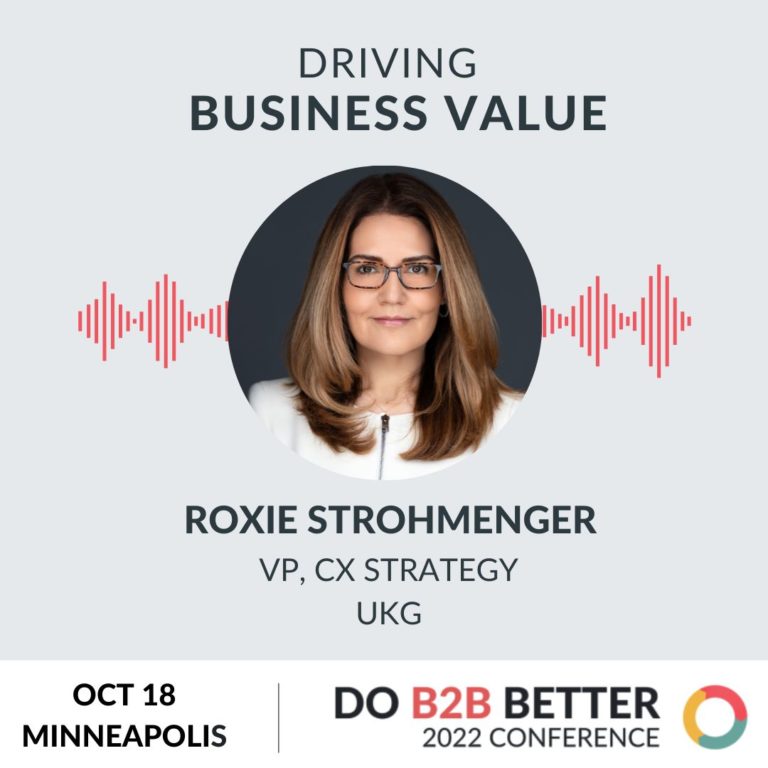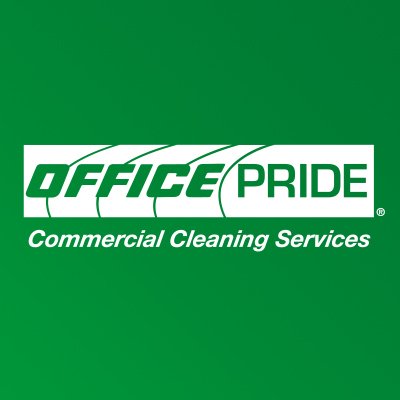CX is the backbone of every business - any CX expert can tell you this. And what better way to learn about CX than from the experts themselves. We've interviewed a variety of CX experts from around the world and gathered their valuable insights below.

